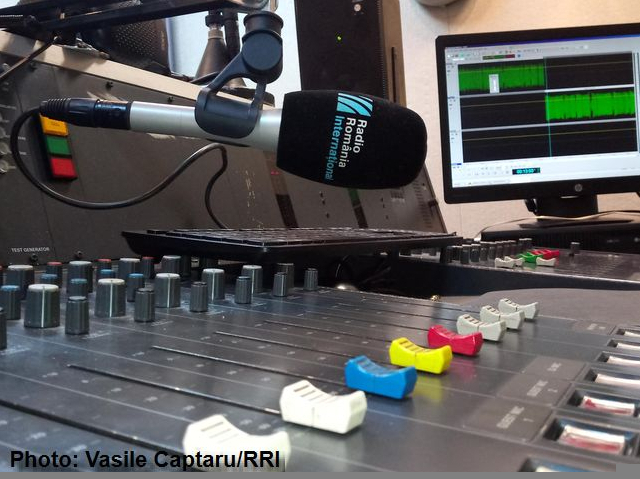
Everything you need to know about Romania in less than 60 minutes
H.E. Manika Jain, Ambassador of India to Romania, spoke about tourism, India's must-see sites, and the relations between Romania and India
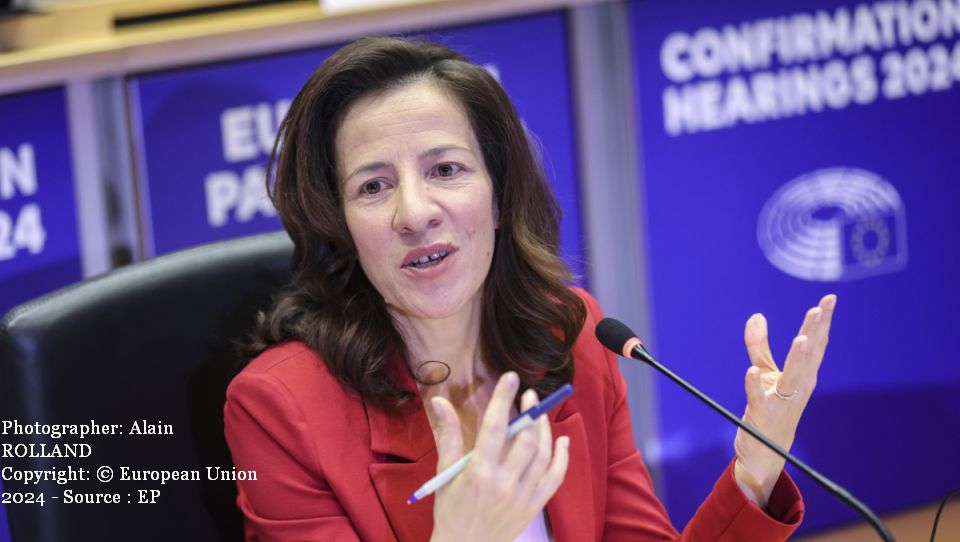
The new European Commission will focus on economic competitiveness, reducing bureaucracy and innovation.

From 2025, Romanian nationals will be able to travel freely both to the Schengen area and to the United States.

After a surprising first round of the presidential election, marked by the unexpected rise of an independent candidate, concerns emerged about Romania's future.

The Romanian football champion, FCSB, is facing a new difficult test. On Thursday, in Bucharest, they will be up against the Greek team...

The main parties in Romania, PSD and PNL, have interim leaderships after their leaders grabbed subpar results in the first round of the presidential election
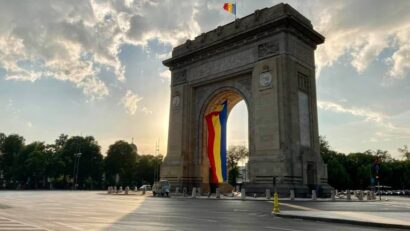
The citizens of Bucharest voted on Sunday both in the presidential election and in a referendum called by the general mayor, Nicușor Dan.
Currency Converter RON/EUR: Thu, 28 Nov.

Spanish F18 Hornet aircraft are hunting drones in the sky of Romania, within NATO’s airspace.

For one thousand days now, Ukraine has been impressing the world with its resistance and resilience against the aggressive invasion by Russia.

On November 4th through 9th, Romania’s Naval Forces took part in the POSEIDON 24 multinational exercise, organised by Bulgaria in its...

The multinational exercise Dacian Fall 2024 of the Command of the Multinational Division Southeast took place between October 14-31 in the Getica National Joint Training Center in Cincu (in central Romania).
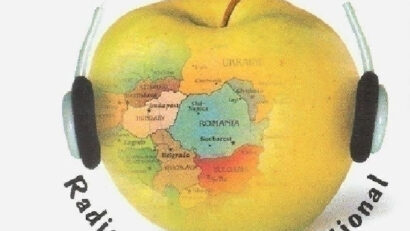
Welcome to the 2024 edition of Listener’s Day, with Ana Maria Popescu and Lacramioara Simion being the hosts of this year’s show. We are...
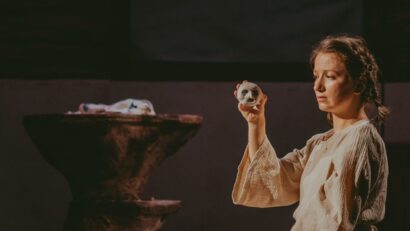
In today’s program I’ll bring you the portrait of an up-and-coming young actress, Alexandra Pribeagu.

Today's Sunday invites you to discover the city of Oradea and its main attractions, including the Christmas Market that will soon open. We've...

Loic Meuley, cultural attache with the French Institute in Romania, gave us details about the programme implemented this October in Bucharest.

A talk with Monica Grecu, Director of Creative Content at NABU, an international organization dedicated to combating illiteracy

Everything you need to know about Romania in less than 60 minutes

Everything you need to know about Romania in less than 60 minutes

Everything you need to know about Romania in less than 60 minutes

The people of Maramures have always been faithful to wood, to which they gave the most diverse forms

Forced marriages are not traditional
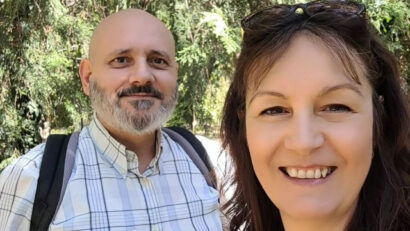
The International Day of Nonviolence was established by the United Nations in memory of Mahatma Gandhi
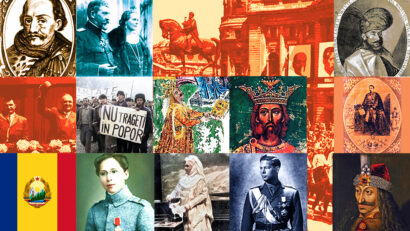
The end of World War Two in Romania and its less well-known episodes

Dear friends, Radio Romania International is again conducting its annual survey among listeners and users of Internet and social media, presenting...

RRI broadcast frequencies valid as of October 27, 2024 to March 29, 2025:

On November 3, 2024, the first Sunday after the celebration of the Romanian radio corporation, RRI invites you to be part of the Listeners’ Day show.

RRI broadcast frequencies valid as of March 31 to October 26, 2024:

New frequency for India, valid as of November 25, 2023

Time to submit your suggestions for RRI Personality of the Year 2023!
